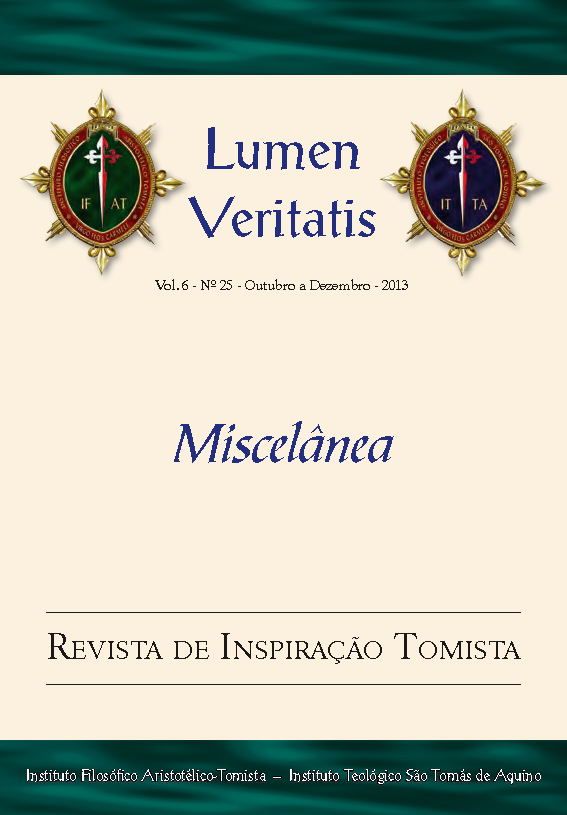A arquitetura como “suma de cosmologia”: analogias entre a igreja cisterciense e a concepção da ordem do universo no século XII
Palabras clave:
harmony, order of the universe, mystics, Timaeus, Cistercian churchesResumen
Tem-se apontado as relações entre o pensamento da Idade Média e as igrejas góticas dos séculos XII e XIII, as quais foram chamadas de “sumas de teologia”. Este artigo visa estabelecer a analogia entre o pensamento platônico do século XII e algumas, por assim dizer, regras arquitetônicas, que deveriam dar a estabilidade e beleza ao edifício, e que se podem encontrar nas igrejas cistercienses — nomeadamente as de Tarouca e Alcobaça, localizadas em Portugal, e Fontenay, na França. O pensamento platônico, que concebia a ordem do universo segundo conceitos pitagóricos de harmonia, poderá servir de chave de interpretação do sentido místico das proporções destas igrejas e revelar que visavam reproduzir as proporções do universo. // A relationship has been identified between the thought of the Middle Ages and the Gothic churches of the twelfth and thirteenth centuries, which were called “summas of theology”. This article seeks to establish the analogy between the Platonic thought of the twelfth century and some, so to speak, architectural rules, which should give stability and beauty to the structure, and which can be found in Cistercian churches—namely Tarouca and Alcobaça, located in Portugal, and Fontenay, in France. The Platonic thought that conceived the order of the universe according to Pythagorean concepts of harmony, may serve as the key for interpreting the mystical dimension of the proportions of these churches and reveal that their aim was to reproduce the proportions of the universe.Número
Sección
Articles






